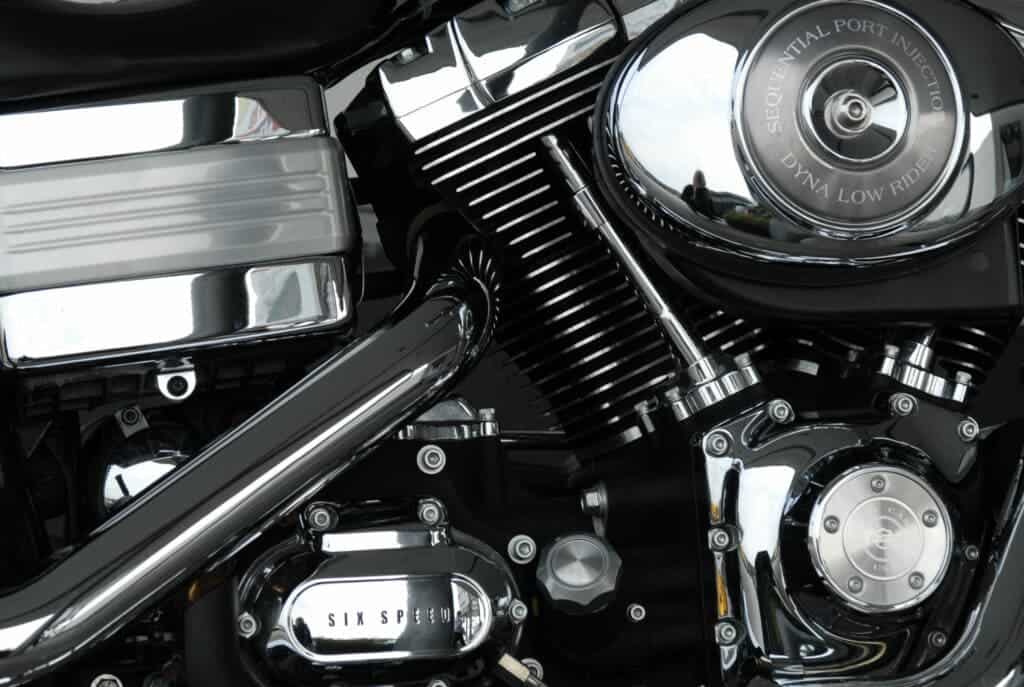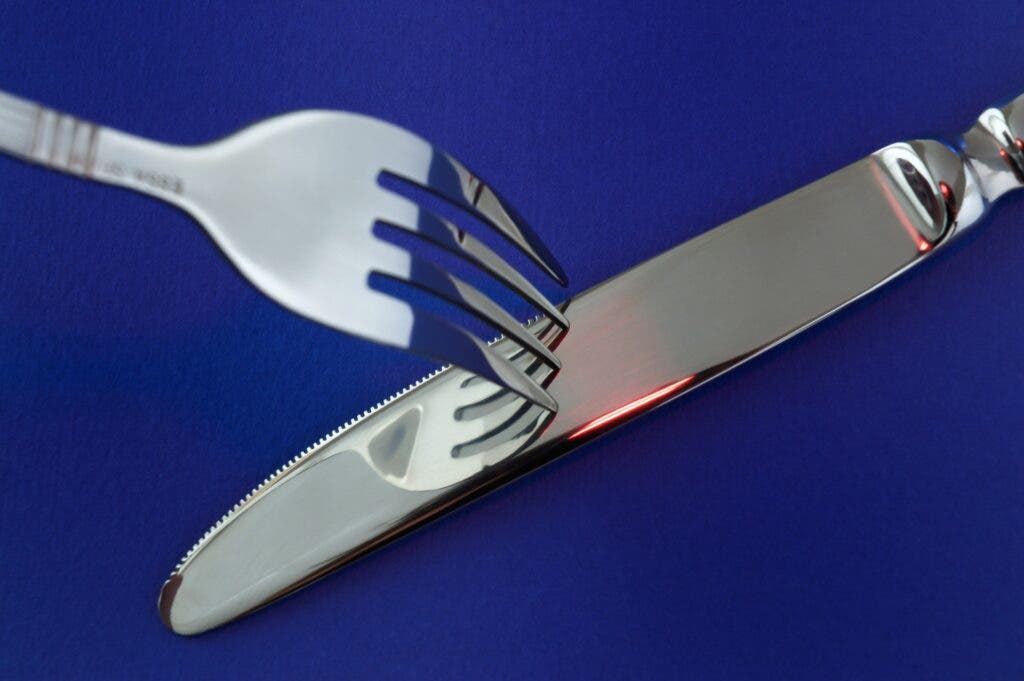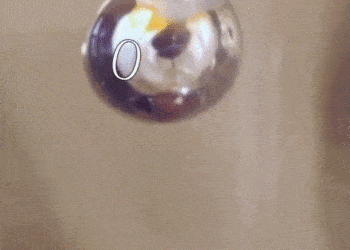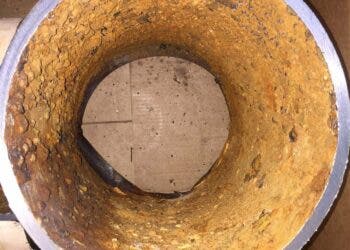Chromium got its name from the bright pigments it can produce (‘chroma’ being the Greek word for “color”). But the ancient Greeks never knew this metal existed, as it was first isolated around 200 years or so ago in France.

In this short time together, however, we’ve come to rely on Chromium quite a bit. It has the distinction of being the hardest metal in the periodic table, very resistant to corrosion, and quite shiny. It is coated on jet turbines and iconic car fenders, mixed in stainless cutlery, and may have made cabs yellow.
So let’s take a look at this metal to see why we electroplate it to every surface possible.
Physical properties
Chromium is a chemical element with the atomic number 24 and the symbol Cr. Among its most defining factors are a shiny grey-silver color, extreme hardness, and very good chemical resistance.
Sitting between 8.5 and 9 on the Mohs hardness scale, it is the hardest metal and the third hardest element we’ve ever found after carbon and boron. The Mohs scale is a relative system in which the hardness of a sample is determined by its ability to scratch other samples of known hardness. For reference, a steel file would be between 5 and 6.5 on the Mohs scale and a diamond would be a 10.
High hardness means that moving parts made of this metal are resistant to wear, tear, and generate less friction, so it does see quite a lot of use in machinery and tools. By itself, however, chromium is extremely brittle, so it’s very rarely used in pure form. Alloying it with something else reduces its overall hardness, too, so it’s most often applied to metal or plastic parts using electroplating.

Image via Pixabay.
As a bonus, it’s also very resistant to chemical attack (such as corrosion and oxidation) and takes a nice polish. Industrial coatings of chromium (or ‘hard’ plating) tend to be thicker and less appealing, but most chrome finishes available on consumer products (‘decorative’ plating) will stay shiny with minimal effort for quite a while.
By far the largest use of chromium today is for alloys, particularly in stainless steel (which has at least 10.5% chromium) to which it imparts high resistance to corrosion.
It’s not just resilience with this metal. Chromium is surprisingly reflective, beaming back around 70% of visible light and 90% of infrared light — which makes for some striking finishes, as any petrolhead would agree.
It’s also the only solid element to show antiferromagnetism (doesn’t produce any magnetic field) at room temperature. This last property makes chromium essential in the production of hard disks.
Color me surprised
In the latter parts of the 18th century, the mineral crocoite (which contains Cr) from mines in the Ural Mountains became known, erroneously, as Siberian red lead and used as a pigment. By around 1796, French chemist Louis Nicolas Vauquelin managed to isolate chromium from this mineral, proving that it wasn’t lead. He found further traces of the new metal in gemstones such as ruby.
Vauquelin christened it chromium after seeing the range and brightness of colors it could create in solutions in his lab. The textile industry quickly started using chromium compounds as dyes and dye stabilizers (mordants) to make color better stick to cloth and prevent it from leaching during washings.

Image via Wikimedia.
One of Vauquelin’s students, Andreas Kurtz, moved to England in 1822 and started producing potassium bichromate, a mordant, for local textile mills charging 5 shillings a pound. Competition soon drove the prices down to 8 pence a pound, at which point Kurtz switched production to chromium pigments. One of his products, chrome yellow, gained the limelight when Princess Charlotte, daughter of George IV, had it used to paint her carriage. Folk wisdom holds that this spawned the idea of yellow cabs.
In keeping with this theme of color, naturally occurring chromium gives rubies their red hue (if chromium is absent, the stone will be blue — a sapphire). Chromium is thus needed for the creation of synthetic ruby, including those used to generate lasers.
It can also be added to glass to make it green and is currently the main ingredient in some green, yellow, red, and orange paints.
Specialized metal
Chromium has quite a few properties that make it ideal for different roles.
Its high resistance to corrosion allows it to resist the attacks of kerosene or rocket fuel, so chromium is often mixed into the alloys of mechanical parts or used to coat them. Its high hardness and low friction also make it well-suited for the coating of moving parts in jet engines.
Stainless steel gains both hardness, strength, and resistance to chemical attacks such as corrosion from chromium. Our industries and buildings rely heavily upon this material, as do we as consumers, so it would be hard to imagine a world without this metal around.
Chromium salts are heavily used in the tanning of leather, but producers are trying to move away from this metal due to concerns about toxicity.
Speaking of which, there are two broad forms of chromium: trivalent and hexavalent. The trivalent form is known to be only weakly toxic as it has a hard time permeating through biological membranes. Hexavalent chromium, on the other hand, is highly toxic and a powerful mutagen, having been linked to stomach tumors (through contaminated water).
There is some debate as to its biological role. Authorities from Australia, New Zealand, India, Japan, and the United States list chromium as a trace element (a micronutrient) as it is required in the formation of insulin. According to eufic, “in general, meat, shellfish, fish, eggs, wholegrain cereals, nuts, and some fruits and vegetables are good sources of chromium”.
Regardless of its biological role, chromium remains an incredibly versatile metal and a pretty one at that. Whether for space engines, rubies, or just for some very bling finishings, chromium will likely remain one of our most useful materials in the future.






